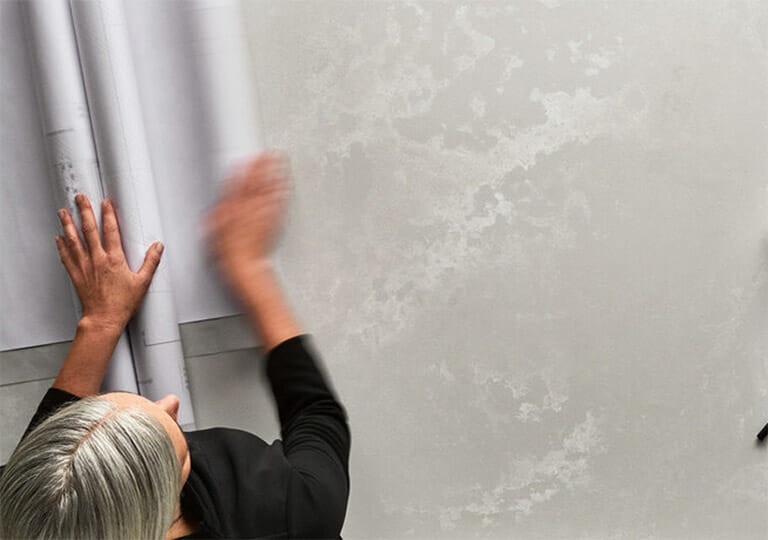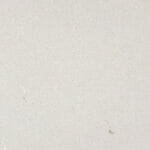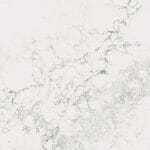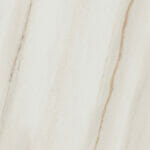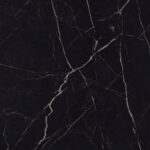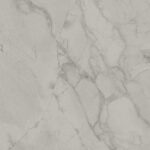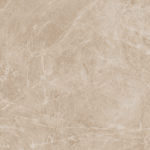Redesigning a space is an exciting undertaking and one full of decisions. One design aspect that continues to garner plenty of attention (and rightfully so) is the countertop.
Color, texture, and thickness are details that homeowners tend to obsess over. Don’t ignore the importance of choosing the right countertop edge, however. Paying attention to this crucial detail means your kitchen design will look complete, while ignoring it will leave you feeling like your design lacks something.
At Caesarstone, we offer a variety of countertop edges that suit various kitchen design themes. In this article, we’ll take a look at some of the most popular edges.
Popular Countertop Edge Profiles
Note that while the following countertop edge options can be beautiful on their own, we at Caesarstone don’t stop there. We offer several options that combine these design cues. For a full list of these (along with other specifications for our countertops), click here.
Square Edge Countertop
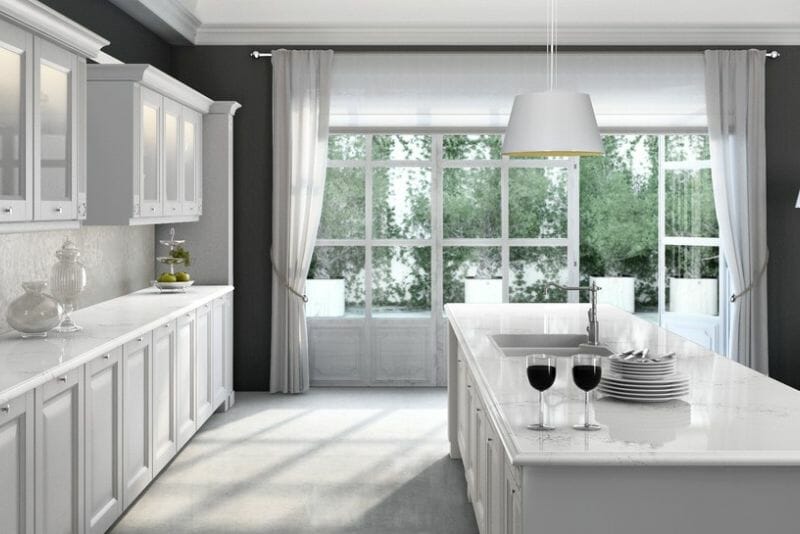
A square edge countertop is one of the most simple options on the market. That doesn’t mean it’s not a sophisticated option, though. In fact, it works particularly well with contemporary kitchen designs.
Bullnose Countertop
A bullnose countertop edge offers a rounded countertop look. Within the ‘bullnose’ category, you have a few options.
For one, you can choose a half bullnose. With this edge, the top portion curves downwards but flattens out at the underside. There are also double and triple bullnose designs, which feature less and more aggressive curves respectively.
Ogee Edge
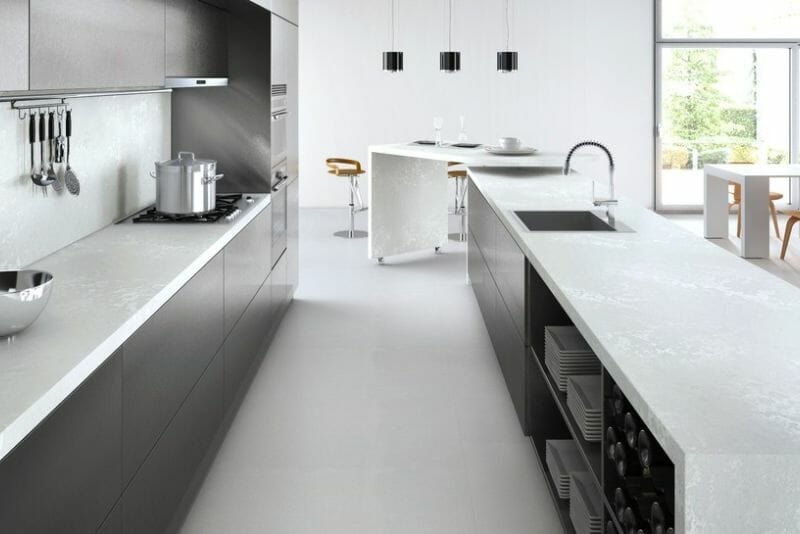
An ogee edge combines concave and convex arches. You can imagine the top-most curve as leading to a ‘pedestal’ while the lower curve constitutes the ‘base.’ An ogee edge is particularly popular in traditional kitchens and with premium countertop materials like quartz.
Bevel Edge Countertop
A bevel edge countertop (sometimes referred to as a ‘bevel square’) incorporates a square cut at roughly a 45-degree angle. You can think of it as taking a slice out of a square edge. It’s another great option for making a countertop edge less sharp. It’s one of the most popular countertop edge profiles because it looks very classy but doesn’t cost much more than other options.
Waterfall Edge Countertop
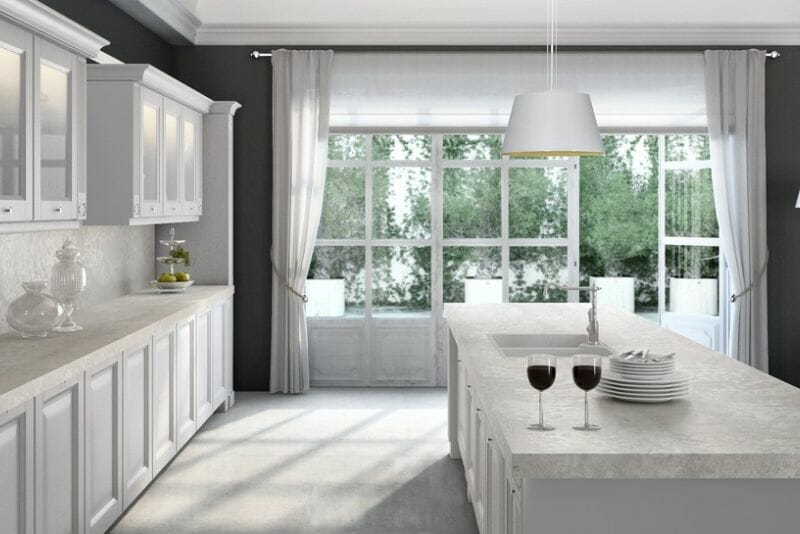
The waterfall edge countertop is a great choice if you’re working on a modern or contemporary kitchen design. It’s unlike any of the other edge types. With a waterfall edge, you are extending the countertop downwards at its ends. In other words, the material appears to flow downward, approaching (or sometimes even touching) the floor.
It’s one of the costlier countertop edge options because it requires additional material and fabrication. Nonetheless, it’s unbeatable if you’re looking for the ultimate contemporary countertop design.
Miter Edge Countertop
The miter edge countertop profile is great for use alongside a waterfall edge. It’s similar to a bevel edge in that many manufacturers use the same 45-degree cut. However, it’s typically much less drastic. At Caesarstone, for example, our bevel edge is half an inch in width. Our miter edge profile, meanwhile, is only an eighth of an inch. This produces a much rounder look.
The reason you’ll find it alongside waterfall edges so often is that a miter edge is perfect for joining multiple pieces of quartz seamlessly.
Eased Edge Countertop
An eased edge countertop has rounded square edges. Some people refer to it as a ‘softened square’ look. In addition to being an aesthetically-pleasing option, an eased edge countertop is great for safety. If you’re wary of a small child (or yourself) bumping into a sharp countertop edge, this provides some protection.
It’s one of the more popular laminate countertop edges as well. A sharp square edge would reveal the unsightly layers while an eased edge conceals it. Eased edge and quartz pair well together, too.
How to Choose a Countertop Edge
One of the primary factors that will affect your countertop edge choice is what material you use.
Quartz is compatible with all of the popular edge types above. Laminate countertop edges, however, are more limited. If you’re cost-focused, rounded countertop edges (including bullnose and eased edge) are the most common. With higher-grade laminate, you can install edges such as ogee. This may not be worth it, though, when you consider that some premium laminates rival quartz in terms of cost while falling short in terms of aesthetics and durability.
Material aside, your design intention of course plays a key role as well. An ogee edge is popular for traditional kitchen designs but may (this isn’t a hard rule) look out of place in a more contemporary setting.
An eased edge countertop, meanwhile, is a classic. It’s one of the few edge types that don’t overwhelm a waterfall edge.
Before you settle on any particular edge type, test it out in our virtual kitchen designer. This will give you an idea of how the edge looks alongside other elements in a classic or modern kitchen.
In Summary
You won’t regret taking time to choose your countertop edge carefully. Various countertop edge profiles complete a kitchen’s look.
You have many options when it comes to quartz countertop edges, which is one of many reasons it’s the best countertop material on the market. After reading this post, you should have a solid idea of the popular quartz countertop edges available. Once you’ve tested the different options in our virtual kitchen designer, visit one of our Caesarstone locations to see your choice in person.
Frequently Asked Questions
What is an eased edge on a granite countertop?
An eased edge is one of the most popular quartz and granite countertop edges. Fabricators round the surface’s edges, eliminating the sharp 90-degree angles.
What is an ogee edge countertop?
An ogee edge combines convex and concave curves. Think of it as a staircase comprised of two rounded steps.
What is a waterfall edge on a countertop?
A waterfall edge incorporates extra material to extend the countertop downward at its ends. The ends will often be touching the floor. The complexity makes this one of the more impractical granite countertop edges. With quartz, however, a waterfall edge countertop is relatively easy.
How does a mitered edge countertop sit on the cabinets?
A miter edge countertop will typically sit on stacks of material. In other words, the countertop does not have to ‘wrap’ around the cabinet itself, although this is certainly possible.
How do I get rid of the black line on a laminate countertop’s edge?
This is one of the unfortunate realities of owning a laminate countertop. Wherever perpendicular top-most layers join, you’ll see a black line or other unsightly seam. If upgrading to quartz countertops is not in your budget right now, you can conceal this with a thin strip of wood painted to match the countertop as closely as possible.
Which countertop edge is the best at not chipping?
Countertop chipping has more to do with your material choice than it does the edge itself. Quartz is very difficult to chip, regardless of what edge you choose. Laminate, on the other hand, will likely chip eventually with anything other than a straight square edge.
